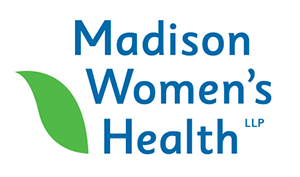Flexible Spendings = Money Savings
flexible spending accounts can save you money
More and more plans are requiring a higher percentage of “cost sharing” between employers and their employees. The simple co-pay you used to incur when going to the doctor has now turned into deductibles and coinsurance, and in return for relatively lower premiums, the cost of each visit is now larger. With all of these out-of-pocket costs, it becomes even more important to find creative ways to save money while getting your health care.
Flexible Spending Accounts, or FSAs, are sponsored by many employers and will allow employees to withhold money from their regular paycheck before taxes are calculated, and this money is put aside into an account. When you incur a health, dental or other qualifying expense, you can reimburse yourself from the money you’ve saved in the account (up to $2,600 for 2017). The tax savings, depending on your tax bracket can be significant – maybe $300 or more each year.
For those that participate in these plans, March can be an important time. Many plans have a “grace period” after the end of the previous plan year which allows you to reimburse yourself with any balance left in your previous year’s FSA account. Most commonly, this can occur in the first 3 months of the next year.
If you participate in a flexible spending account through your employer, take a moment to check to see if you have a balance remaining from 2016 and see if you have expenses you can use against that balance. Something as simple as refilling a prescription or contact lens solution could fit the bill.
If you did not participate in a flexible spending account this year, ask your employer how to get enrolled for the next year.






